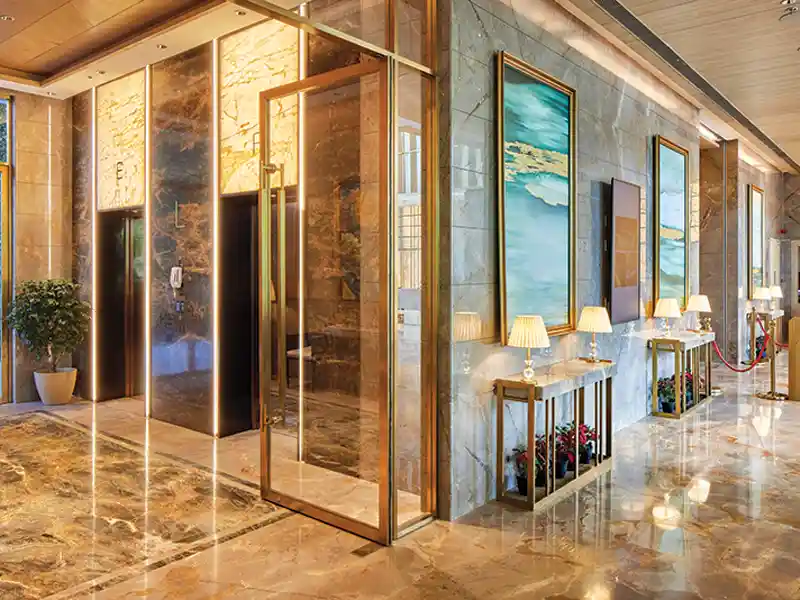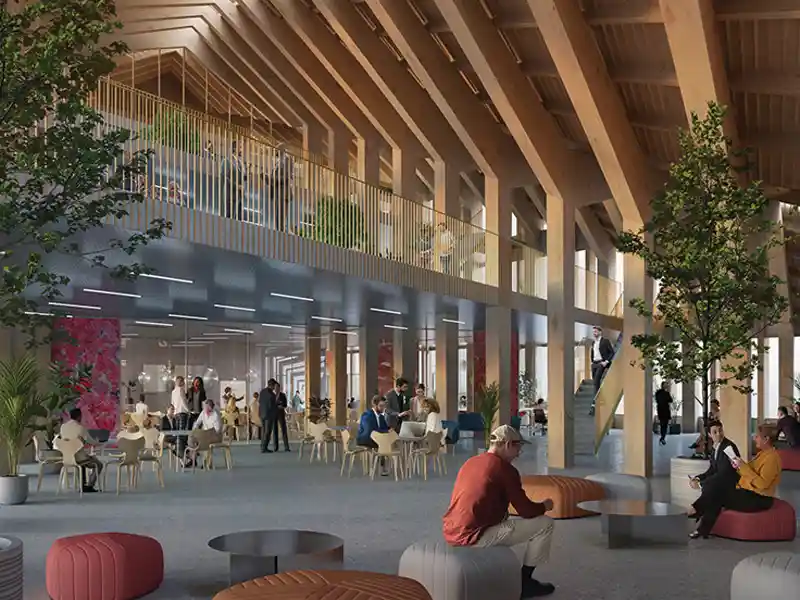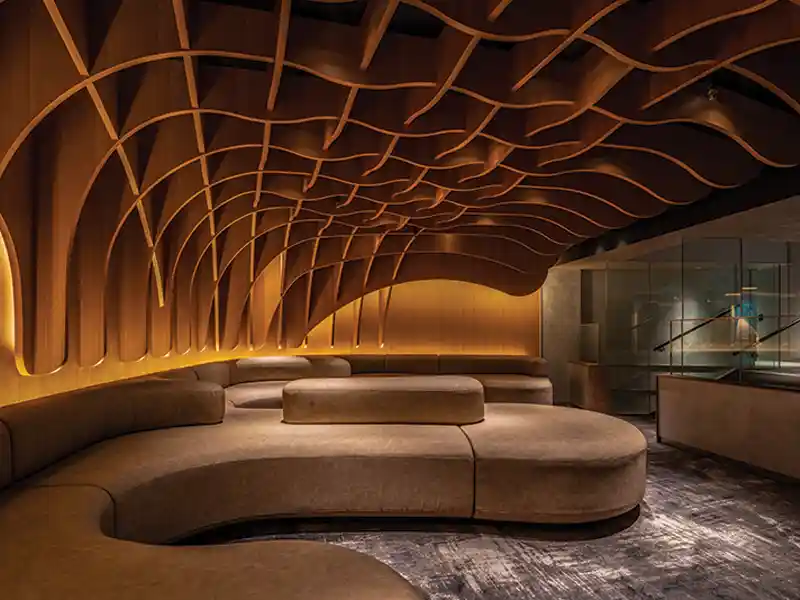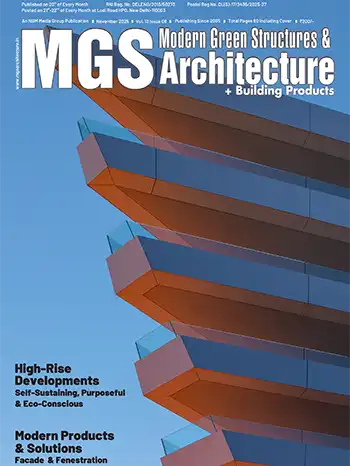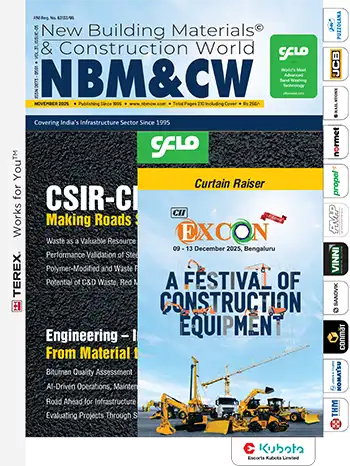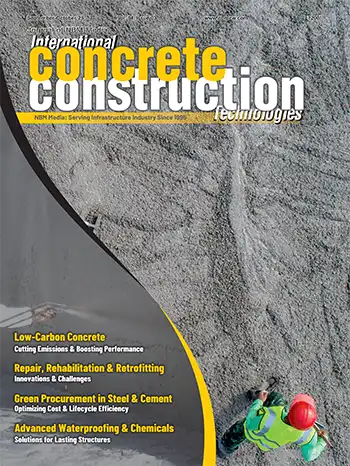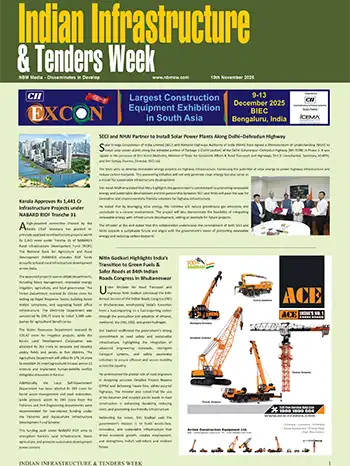By combining technology, smart planning, and sustainable materials, construction waste can be minimized, and material efficiency maximized: the goal is to create long-lasting, resource-efficient spaces.
Shresht Kashyap - Architect, KNS Architects
Thoughtful design and planning of a building can help minimize waste, extend the lifespan of materials, and create more efficient, sustainable spaces. One way to achieve this is through modular design, where components are prefabricated off-site and assembled on location. This approach reduces on-site waste, speeds up construction, and makes future repairs and renovations easier by using standardized parts.
Using locally sourced materials cuts down transportation emissions, supports regional industries, and ensures that materials are better suited to the local climate. Innovative use of recycled and upcycled materials helps reduce demand for new resources while maintaining durability and aesthetic appeal.
Adaptive reuse, where existing structures are repurposed instead of being demolished, not only preserves architectural value but also reduces the environmental impact of new construction.

By creating detailed 3D models, BIM allows for better planning, accurate material estimation, and reduced errors during construction. This minimizes waste and ensures that resources are used efficiently.
In our design of a 8,500 sq.ft. villa in Lonavala, the structure follows the natural contours of the 27,000 sq. ft. site, reducing the need for excavation and preserving the land’s original character. This cuts down on material waste and limits site disruption.
The interlocking cuboid form was carefully planned for material efficiency, minimizing offcuts and unnecessary waste. Locally sourced stone for the façade reduced transportation impact, while exposed concrete ceilings and rough stone flooring eliminated the need for additional finishes. Passive design strategies, including strategic voids and openings, enhance natural ventilation and daylighting, reducing energy reliance.
Sustainability is further reinforced through water harvesting, recharge pits, and underground tanks positioned at the site’s lowest point. These elements, along with solar panels on the roof, make the villa highly resource-efficient. By prioritizing smart planning, local materials, and passive design, it demonstrates how thoughtful architecture can reduce waste while creating a functional and sustainable living space.


